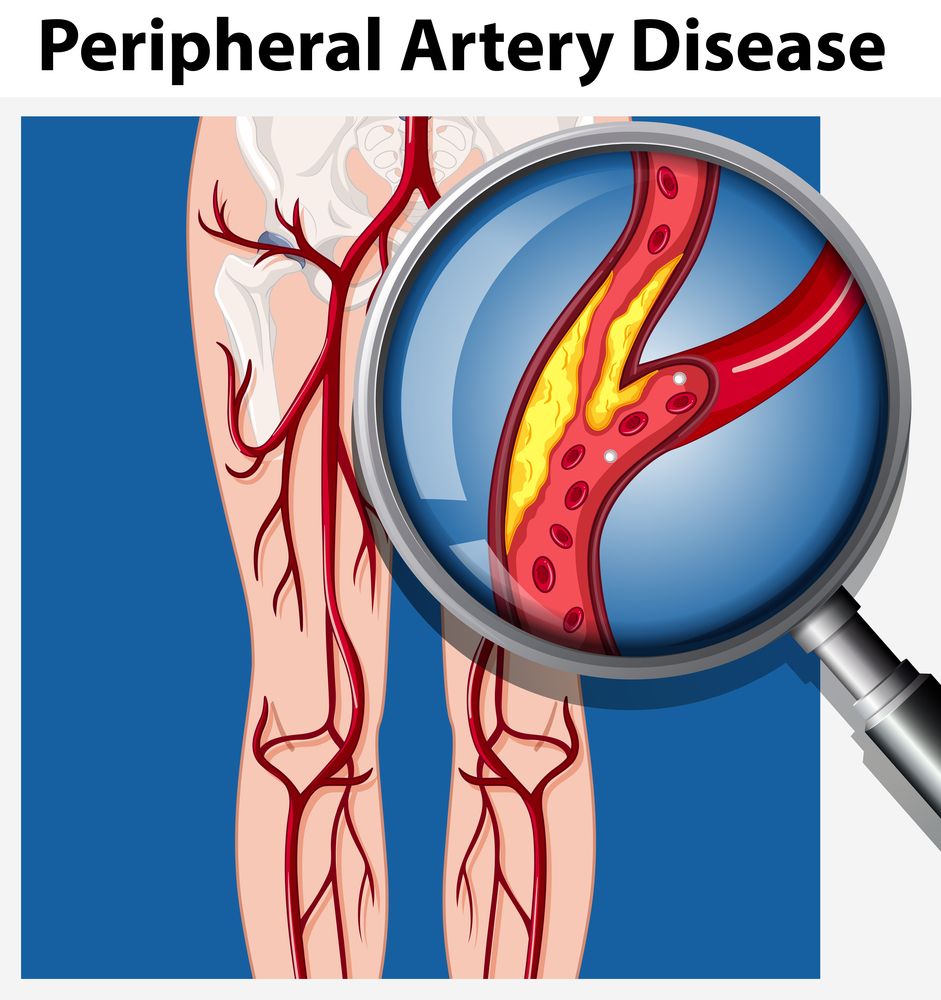In the early stages of peripheral artery disease (PAD), you won’t experience any signs, and by the time symptoms appear, the blood flow in your lower leg is significantly blocked. That’s why you shouldn’t wait to see Premier Vascular in Macon, Georgia, as soon as you have leg pain or an open wound develops. Our team provides comprehensive care for PAD, including assessing your risk, preventive therapies when possible, and advanced treatments that restore circulation. To schedule an appointment, use the online booking feature or call the office today.
What is peripheral artery disease?
PAD is a progressive disease caused by atherosclerosis, the accumulation of cholesterol plaque in an artery wall. Without treatment, fats keep accumulating, the plaque hardens, and inflammation develops. As the plague enlarges, it increasingly restricts blood flow.
What symptoms occur if I have peripheral artery disease?
PAD doesn’t cause symptoms until the plaque gets large enough to significantly block blood circulation. Then you experience symptoms such as:
- Leg pain when walking that improves with rest
- Leg fatigue or weakness
- One foot colder than the other
- Poor hair growth on one leg
- Shiny skin on one leg
- Non-healing sores on the lower leg
Over time, the plaque limits the blood supply enough that the lack of oxygen leads to some tissue death. That’s when non-healing arterial ulcers develop. Over time, the ulcer worsens, an infection develops, and severe blood loss leads to gangrene.
What increases my risk for peripheral artery disease?
Most people can prevent PAD if they recognize the risk factors and take steps to avoid them. The top risk factors include:
- Smoking (including secondhand smoke)
- Unhealthy eating patterns
- Lack of physical activity
- Chronic stress
- Diabetes
- High blood pressure
- High cholesterol
- Obesity
Adjusting your diet, getting regular exercise, losing weight, and stopping smoking go a long way toward preventing high blood pressure, obesity, high cholesterol, and PAD.
How is peripheral artery disease treated?
If PAD is found at an early stage, your treatment begins with lifestyle changes and medications to treat the chronic health conditions that contribute to PAD.
After PAD reaches a moderate to advanced stage, our providers recommend a minimally invasive procedure to clear away the blockage and restore healthy circulation.
To perform the most common procedure, angioplasty and stenting, one of our vascular surgeons makes a tiny incision, inserts a catheter (narrow tube) into a blood vessel, and guides it to the fatty plaque.
After releasing a balloon from the catheter, he inflates the balloon, pushing the plaque against the artery walls. A wire stent that was around the balloon stays in place to keep the artery open.
If the plaque is too hard for a balloon angioplasty, our team will recommend an atherectomy. In this procedure, the catheter is equipped with a device that shaves or grinds away the plaque.
If you have leg pain or other signs of PAD, call Premier Vascular or request an appointment online today.

